There is no doubt that shipping lines play a paramount role in the dynamic world of international trade, connecting nations and facilitating the movement of goods across countries and continents. Iran occupies a significant position in the maritime landscape of the Middle East due to its location at the heart of it. Presented in a comprehensive guide, this book sheds some light on the intricate web of shipping lines operating in Iran, exploring the nuances, the regulations, and the pivotal role they play in fostering global trade relations throughout the world.
The vast coastline of Iran, which extends along the Persian Gulf and the Caspian Sea, makes it a key player in the maritime industry due to its expansive coastline. In order to facilitate international trade, the shipping sector plays a vital role. Understanding the dynamics of the shipping industry in Iran is crucial for businesses that wish to be involved in global trade.
Overview of Shipping Lines in Iran
As one of the most strategically positioned countries in the world, Iran is home to several major ports, including Bandar Abbas, Bandar Anzali, and Bandar Imam Khomeini, which facilitate connections with global trade routes. As important gateways for imports and exports, these ports contribute significantly to the economic growth of the country by serving as critical points for trade. It is a well-known fact that the Iranian government has been actively investing in port infrastructure in order to improve efficiency, capacity, and connectivity in the country.
Contact us to inquire about shipping rates.
Key Players and Services
In the bustling waters of Iran, a myriad of shipping lines operates seamlessly, creating a vibrant and competitive maritime landscape. This maritime ecosystem is shaped by a mix of well-established global shipping giants and nimble local players, each adding its unique strengths to the diverse array of services available. Whether it’s the reliable services of international shipping stalwarts or the specialized offerings from local companies, businesses engaged in international trade benefit from a dynamic and adaptive market.
These shipping lines cater to a spectrum of needs, ranging from container shipping for standardized cargo to bulk cargo transport for larger shipments. Additionally, roll-on/roll-off (RoRo) services are integral, ensuring the smooth transport of vehicles and heavy machinery. This diversity in services is a boon for businesses, offering them the flexibility to choose transportation solutions tailored to the volume, urgency, and specific requirements of their goods. The collaborative efforts of these shipping lines contribute to a well-connected and efficient maritime network, facilitating the seamless movement of goods within Iranian waters and beyond.
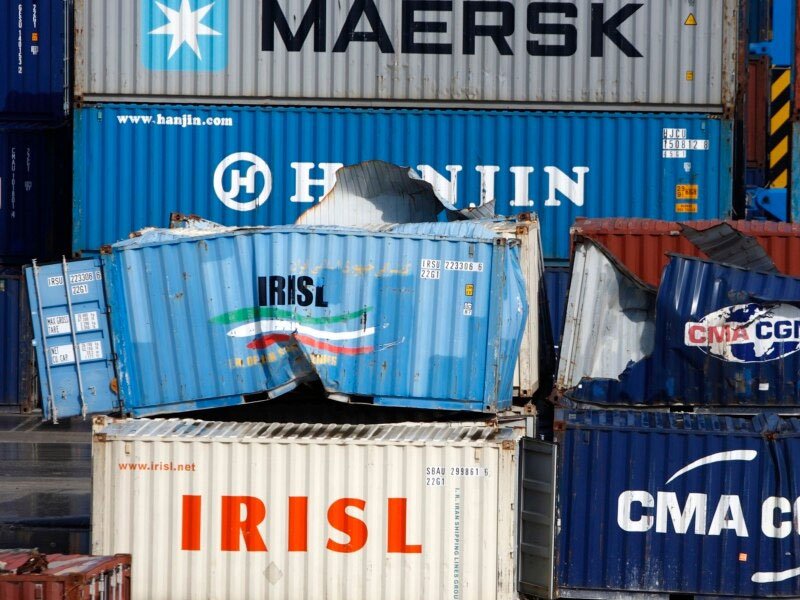
Challenges and Opportunities
Iran’s shipping industry, despite its vast potential, grapples with formidable challenges, primarily stemming from international sanctions. These sanctions have not only curtailed access to specific vessels and advanced technologies but have also hindered the industry’s growth trajectory. However, the winds of change are blowing, as recent diplomatic developments hint at a more optimistic future for Iran’s maritime sector. The prospect of easing sanctions holds the promise of unlocking new avenues for growth, offering a much-needed respite for the country’s shipping industry.
The potential easing of sanctions has the potential to act as a catalyst, attracting foreign investments into Iran’s shipping sector. With more accessible capital, Iranian shipping lines can embark on significant technological advancements, enhancing their operational capabilities and overall efficiency. This influx of funds can support the acquisition of modern vessels, the implementation of state-of-the-art navigational technologies, and the adoption of eco-friendly practices. As the international community reconsiders its stance, the prospect of increased foreign investment holds the key to rejuvenating and modernizing Iran’s shipping infrastructure.
Read more: Freight Forwarder Iran
Technological Advancements in Iranian Shipping
In a bid to maintain a competitive edge, shipping lines in Iran are wholeheartedly embracing the wave of technological advancements sweeping through the maritime industry. The integration of cutting-edge digital solutions has become a cornerstone for these shipping companies. Among the transformative technologies gaining traction are advanced tracking systems, leveraging real-time data to optimize route planning and cargo monitoring. This not only expedites the shipping process but also allows for more accurate and transparent communication between stakeholders.
Furthermore, the adoption of data analytics is reshaping decision-making processes within Iranian shipping lines. By harnessing the power of big data, companies can gain valuable insights into trends, performance metrics, and potential areas for optimization. This analytical approach enables shipping lines to make informed decisions, enhancing overall operational efficiency and resource allocation. Additionally, the incorporation of automated processes, from documentation to cargo handling, is streamlining operations, reducing the likelihood of errors, and ensuring a smoother end-to-end shipping experience. As Iranian shipping lines continue to integrate these technologies, they are not just staying competitive but also contributing to the modernization and sustainability of the nation’s maritime industry.
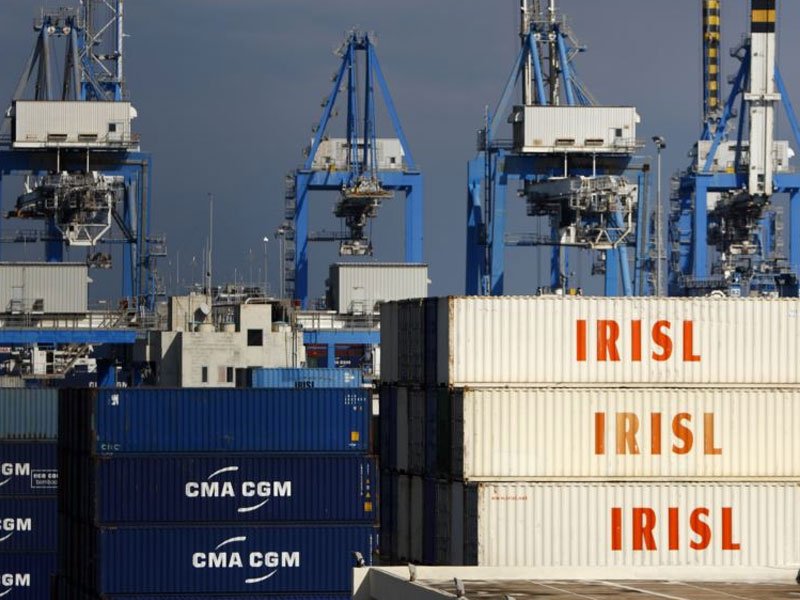
Environmental Considerations
With a growing global emphasis on sustainable practices, Iranian shipping lines are increasingly focusing on environmental considerations. Adoption of eco-friendly technologies, fuel-efficient vessels, and adherence to international environmental standards are becoming integral parts of the industry’s landscape. These initiatives not only align with global expectations but also position Iranian shipping lines as responsible and forward-thinking entities.
Understanding Shipping Lines in Iran
Iran’s extensive coastline along the Persian Gulf and the Oman Sea positions it as a strategic maritime player. The country boasts several major ports, such as Bandar Abbas, Bandar Imam Khomeini, and Chabahar, making it a crucial hub for shipping activities. Shipping lines in Iran are the lifelines of these ports, managing the transportation of diverse cargoes, from oil and gas to general goods.
Key Players and Services
Several prominent shipping lines operate in Iranian waters, each contributing to the seamless flow of goods. Major global shipping companies have established a presence in Iran, offering container shipping, bulk cargo services, and specialized shipments. These services cater to various industries, including oil and gas, automotive, and consumer goods. Understanding the diverse needs of clients, shipping lines in Iran provide tailored solutions for efficient cargo transportation.
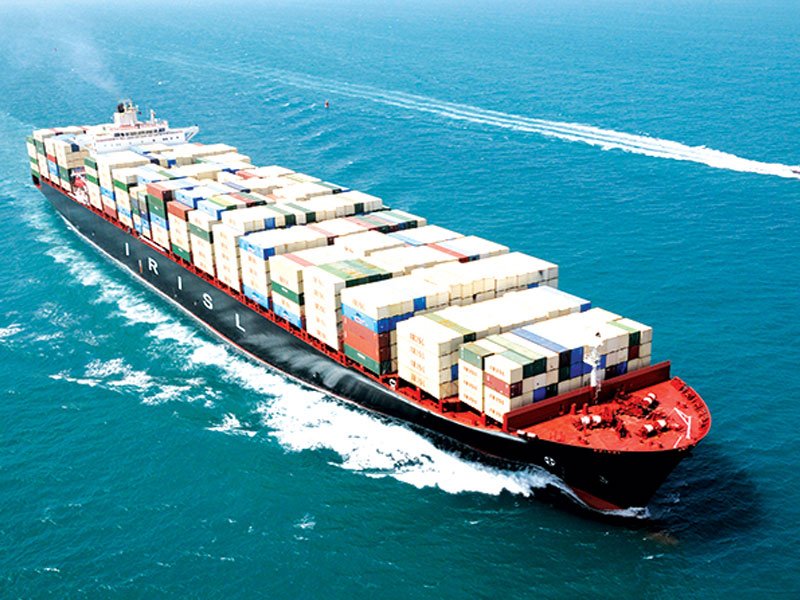
Navigating Regulatory Landscape
The shipping industry in Iran operates under a regulatory framework governed by the Ports and Maritime Organization (PMO). Compliance with international standards, safety protocols, and environmental regulations is imperative for shipping lines. The PMO oversees port operations, ensuring adherence to maritime laws, and collaborates with international bodies to enhance Iran’s standing in the global shipping community.
Challenges and Opportunities
While Iran’s shipping industry holds immense potential, it also faces challenges, including economic sanctions and geopolitical complexities. However, recent diplomatic developments have opened avenues for growth, offering opportunities for the shipping sector to thrive. Investments in port infrastructure, technological advancements, and collaborative efforts with global partners are transforming challenges into stepping stones for a more robust shipping industry in Iran.
Shipping line in Tehran
Tehran, the bustling capital of Iran, is not only the political and economic hub of the country but also a crucial player in the global trade network. While Tehran itself is not a coastal city, its strategic geographical location and well-established transportation infrastructure, including road, rail, and air routes, make it a vital center for shipping activities. This article delves into the dynamics of shipping lines in Tehran, exploring how they contribute to the city’s role in international trade.
Navigating Through Tehran’s Transportation Hub:
Despite being landlocked, Tehran serves as an indispensable transportation hub due to its extensive connectivity. The city’s proximity to major ports, including Bandar Abbas on the Persian Gulf, amplifies its significance in the shipping industry. Shipping lines operating in Tehran facilitate the smooth movement of goods between the city and these key ports, creating a seamless link between landlocked Tehran and the international maritime trade routes.
Key Players and Services in Tehran:
Shipping lines in Tehran are essential components of the city’s logistics network, offering a range of services to meet diverse cargo needs. These services include container shipping, bulk cargo transport, and specialized shipments. Major global shipping companies have recognized Tehran’s strategic importance and established a presence, providing tailored solutions to industries such as manufacturing, technology, and agriculture. These services not only support local businesses but also contribute to Tehran’s integration into the global supply chain.
Regulatory Framework and Compliance:
The shipping industry in Tehran operates within a regulatory framework overseen by the Ports and Maritime Organization (PMO) of Iran. Adherence to international shipping standards, safety protocols, and environmental regulations is crucial for shipping lines in Tehran. The PMO plays a vital role in ensuring the smooth operation of port facilities, safeguarding compliance with maritime laws, and fostering international collaboration to enhance Tehran’s standing in the global shipping community.
Conclusion
The shipping lines in Iran play a pivotal role in connecting the country to the global economy. With ongoing developments in infrastructure, technology, and international relations, the future looks promising for the Iranian maritime industry. As businesses explore opportunities in the region, understanding the landscape of shipping lines is essential for establishing successful and efficient trade routes.
Read more: Ocean Freight
FAQs
Iranian shipping lines handle a diverse range of cargo, including but not limited to oil and gas products, minerals, agricultural goods, and manufactured goods. The shipping industry in Iran is versatile, catering to various sectors of the economy.
International sanctions have posed challenges to Iranian shipping lines by restricting access to certain vessels and technologies. However, recent diplomatic developments indicate potential changes that could impact the sector positively, offering new opportunities for growth.
Major Iranian ports served by shipping lines include Bandar Abbas, Bandar Imam Khomeini, and Chabahar. These ports play a crucial role in facilitating international trade and connecting Iran to global markets.
With a growing emphasis on environmental sustainability, Iranian shipping lines are increasingly adopting eco-friendly practices. This includes the use of more fuel-efficient vessels, implementing emission reduction technologies, and adhering to international environmental standards.
Iranian shipping lines are actively embracing technology to enhance efficiency. This includes the adoption of advanced tracking systems, data analytics, and automated processes to optimize operations, improve transparency, and provide more reliable shipping services.
While Tehran is not a coastal city, its strategic location and extensive transportation infrastructure make it a hub for freight forwarding operations. Tehran’s connectivity to major ports, including Bandar Abbas, contributes to its significance in global trade.
Several shipping lines operate from Tehran, facilitating the transportation of goods both domestically and internationally. These lines utilize various modes of transportation, including road, rail, and air, to ensure efficient logistics solutions.
Tehran’s strategic geographical location positions it as a pivotal hub for trade between the East and West. The city’s extensive transportation infrastructure serves as an ideal base for freight forwarding operations, contributing significantly to global trade.
Shipping lines in Tehran face challenges related to international sanctions, which have impacted access to certain vessels and technologies. However, recent diplomatic developments suggest potential shifts that could positively influence the industry.
Tehran-based shipping lines are actively embracing technological advancements to enhance efficiency. The implementation of digital solutions, such as tracking systems and automated processes, contributes to streamlined operations and improved reliability of shipping services.

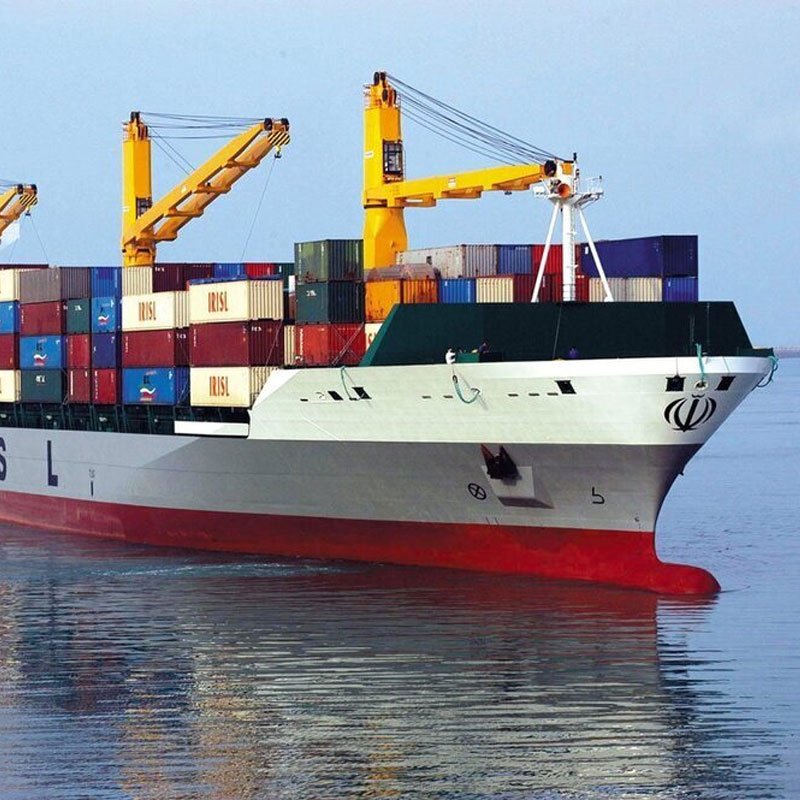

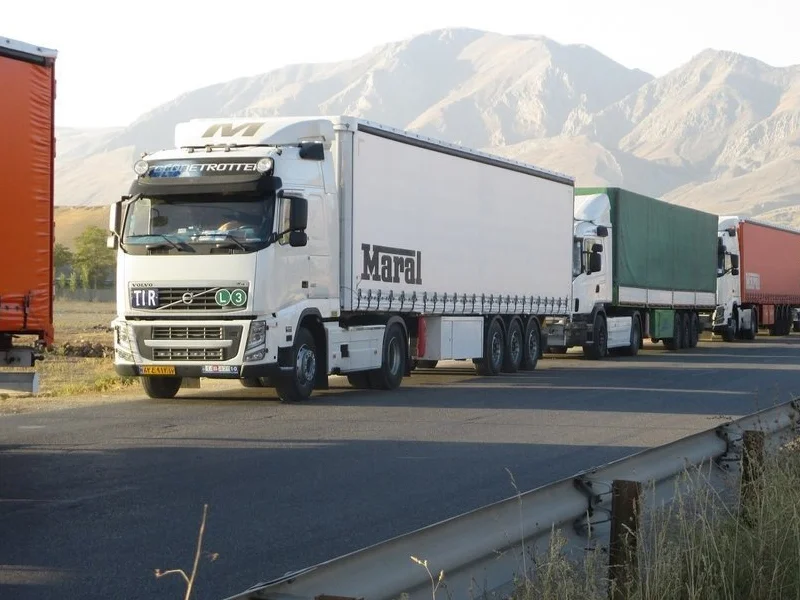
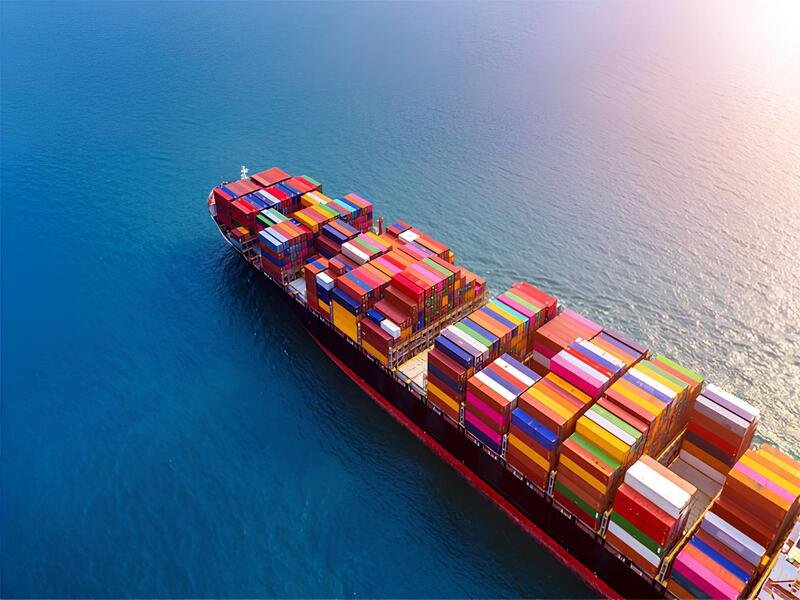
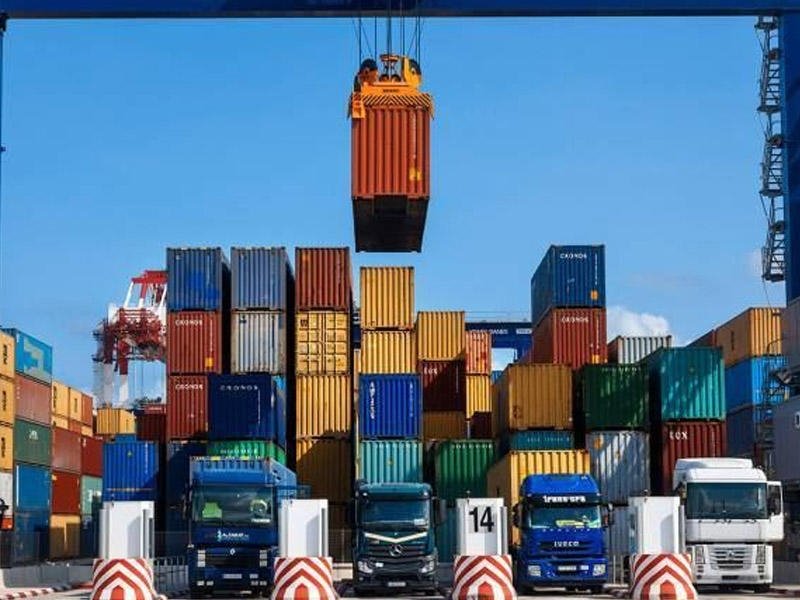
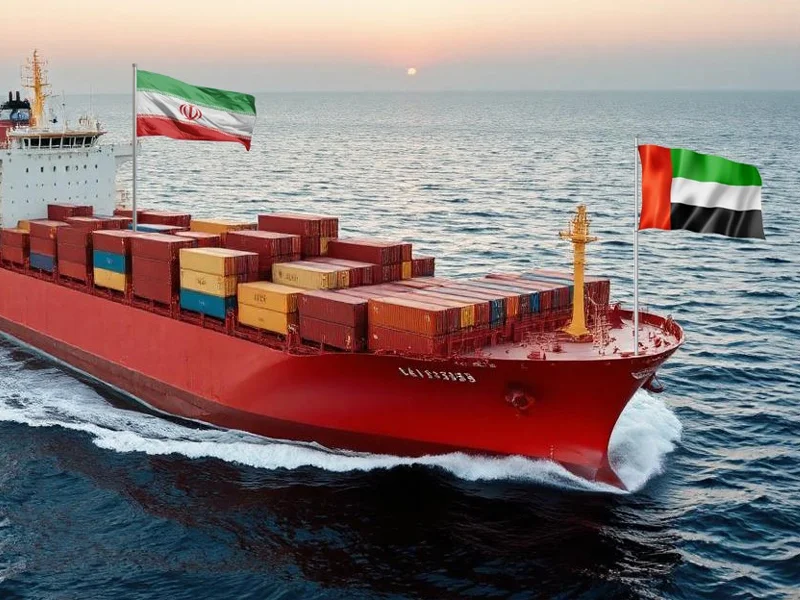



9 Responses
that was great thanks
thank you for being here.
I want a consultation. can you help me in WhatsApp?
I’m here to help! While I can’t assist you on WhatsApp directly, because I don’t have your number, I can provide guidance and support right here. Feel free to ask any questions or share any concerns you have, and I’ll do my best to assist you. Let me know how I can help!
so much excellent info on here, : D.
What’s the estimated delivery time for shipping goods from Iran to the UAE using your freight forwarding services?
The typical delivery time from Iran to the UAE varies between 7 to 10 business days, depending on the shipment size and mode of transport. We strive to ensure timely deliveries for all our clients.
How do you manage freight forwarding challenges in Iran due to sanctions or regional regulations?
We are fully equipped to handle challenges related to shipping from Iran by leveraging our extensive network and expertise in regional logistics regulations.